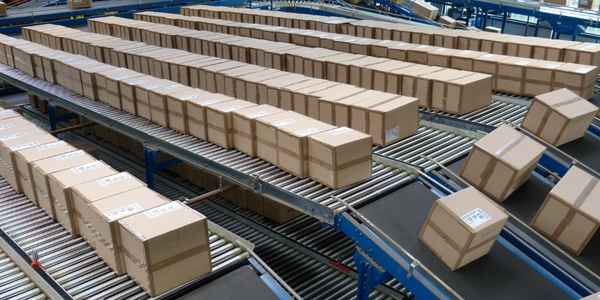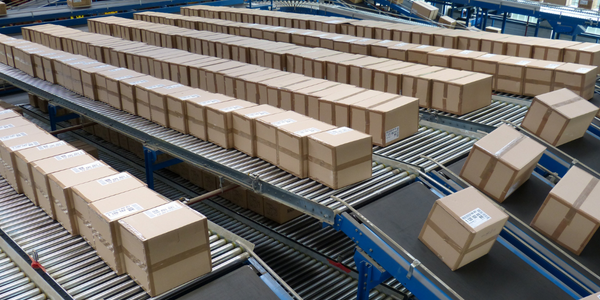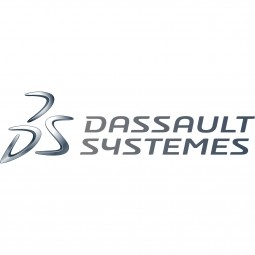Technology Category
- Sensors - Utility Meters
Applicable Industries
- Construction & Infrastructure
- Packaging
Applicable Functions
- Product Research & Development
- Quality Assurance
Use Cases
- Virtual Prototyping & Product Testing
- Visual Quality Detection
Services
- System Integration
- Testing & Certification
About The Customer
Superheat is a leading innovative heat-treatment provider founded on the principle that cutting-edge technology can offer a better way to provide on-site heat treatment solutions. The company provides high-quality on-site heat-treatment solutions for a range of products in several industries. These include heat treatment of pressure vessels, catalyst crackers, piping, and component parts for oil refineries; ferrous alloys, high-pressure/high-temperature steam piping, headers, water wall/boiler tubes, and feedwater heaters for power generating stations; vessels and piping for chemical processing plants; advanced alloy materials, heavy-water and high-pressure steam piping, heavy-wall component parts, turbines, and containment structures for nuclear power plants; and structural components, bridges, and platforms for the construction and offshore industries.
The Challenge
Superheat, a leading innovative heat-treatment provider, was facing challenges in handling DWG files received from customers and accelerating heat treatment package development. The company was using SmartDraw 2D software for creating layouts for its heat-treatment quality packages and SOLIDWORKS® 3D design software for developing more specialized and sophisticated heat-treatment designs. However, the 2D software had limited capabilities and could not read DWG files, the most common customer format for components requiring heat treatment. It also had difficulties in manipulating engineering drawing layers. This situation prompted Superheat to look for other 2D design solutions that could improve efficiency and accelerate the development of heat treatment packages.
The Solution
Superheat decided to replace SmartDraw 2D software with DraftSight Professional 2D design software. The company was already aware of DraftSight® 2D design solutions as it used SOLIDWORKS 3D design software for special projects. DraftSight was used for opening DWG files from customers and the company purchased many DraftSight Professional licenses to support the manipulation of drawing layers. Superheat chose DraftSight Professional software because it was familiar and easy to use for engineers with experience using AutoCAD® software, was cost-effective, and was fully compatible with the SOLIDWORKS 3D design system. The implementation of DraftSight Professional software dramatically reduced drawing and heat-treatment quality package development times, increased the volume of design reuse, and improved the quality of engineering drawings.
Operational Impact
Quantitative Benefit

Case Study missing?
Start adding your own!
Register with your work email and create a new case study profile for your business.
Related Case Studies.

Case Study
IoT System for Tunnel Construction
The Zenitaka Corporation ('Zenitaka') has two major business areas: its architectural business focuses on structures such as government buildings, office buildings, and commercial facilities, while its civil engineering business is targeted at structures such as tunnels, bridges and dams. Within these areas, there presented two issues that have always persisted in regard to the construction of mountain tunnels. These issues are 'improving safety" and "reducing energy consumption". Mountain tunnels construction requires a massive amount of electricity. This is because there are many kinds of electrical equipment being used day and night, including construction machinery, construction lighting, and ventilating fan. Despite this, the amount of power consumption is generally not tightly managed. In many cases, the exact amount of power consumption is only ascertained when the bill from the power company becomes available. Sometimes, corporations install demand-monitoring equipment to help curb the maximum power demanded. However, even in these cases, the devices only allow the total volume of power consumption to be ascertained, or they may issue warnings to prevent the contracted volume of power from being exceeded. In order to tackle the issue of reducing power consumption, it was first necessary to obtain an accurate breakdown of how much power was being used in each particular area. In other words, we needed to be able to visualize the amount of power being consumed. Safety, was also not being managed very rigorously. Even now, tunnel construction sites often use a 'name label' system for managing entry into the work site. Specifically, red labels with white reverse sides that bear the workers' names on both sides are displayed at the tunnel work site entrance. The workers themselves then flip the name label to the appropriate side when entering or exiting from the work site to indicate whether or not they are working inside the tunnel at any given time. If a worker forgets to flip his or her name label when entering or exiting from the tunnel, management cannot be performed effectively. In order to tackle the challenges mentioned above, Zenitaka decided to build a system that could improve the safety of tunnel construction as well as reduce the amount of power consumed. In other words, this new system would facilitate a clear picture of which workers were working in each location at the mountain tunnel construction site, as well as which processes were being carried out at those respective locations at any given time. The system would maintain the safety of all workers while also carefully controlling the electrical equipment to reduce unnecessary power consumption. Having decided on the concept, our next concern was whether there existed any kind of robust hardware that would not break down at the construction work site, that could move freely in response to changes in the working environment, and that could accurately detect workers and vehicles using radio frequency identification (RFID). Given that this system would involve many components that were new to Zenitaka, we decided to enlist the cooperation of E.I.Sol Co., Ltd. ('E.I.Sol') as our joint development partner, as they had provided us with a highly practical proposal.

Case Study
Splunk Partnership Ties Together Big Data & IoT Services
Splunk was faced with the need to meet emerging customer demands for interfacing IoT projects to its suite of services. The company required an IoT partner that would be able to easily and quickly integrate with its Splunk Enterprise platform, rather than allocating development resources and time to building out an IoT interface and application platform.

Case Study
Bridge monitoring in Hamburg Port
Kattwyk Bridge is used for both rail and road transport, and it has played an important role in the Port of Hamburg since 1973. However, the increasing pressure from traffic requires a monitoring solution. The goal of the project is to assess in real-time the bridge's status and dynamic responses to traffic and lift processes.

Case Study
IoT Data Analytics Case Study - Packaging Films Manufacturer
The company manufactures packaging films on made to order or configure to order basis. Every order has a different set of requirements from the product characteristics perspective and hence requires machine’s settings to be adjusted accordingly. If the film quality does not meet the required standards, the degraded quality impacts customer delivery causes customer dissatisfaction and results in lower margins. The biggest challenge was to identify the real root cause and devise a remedy for that.

Case Study
Zenon the Ideal Basis for An Ergonomic HMI
KHS develops and produces machines and equipment for filling and packaging in the drinks industry. Because drinks manufacturing, filling and packaging consist of a number of highly complex processes, the user-friendly and intuitive operation of equipment is increasingly gaining in significance. In order to design these processes as simple as possible for the user, KHS decided to introduce a uniform, transparent and standardized solution to the company. The HMI interface should meet the requirement for people with different qualifications and enable them to work on a standard platform.

Case Study
Bellas Landscaping
Leading landscaping firm serving central Illinois streamlines operations with Samsara’s real-time fleet tracking solution: • 30+ vehicle fleet includes International Terrastar dump trucks and flatbeds, medium- and light-duty pickups from Ford and Chevrolet. Winter fleet includes of snow plows and salters.







